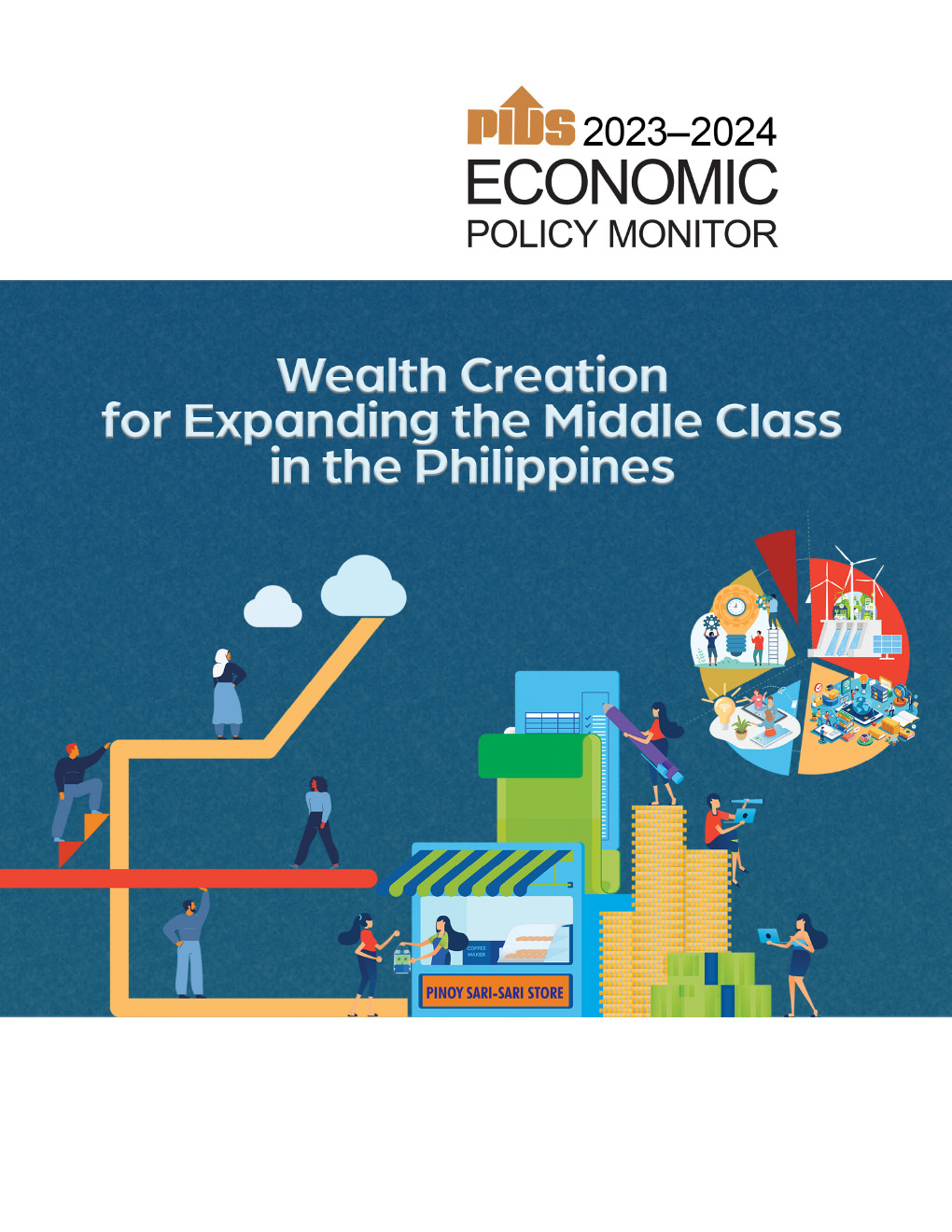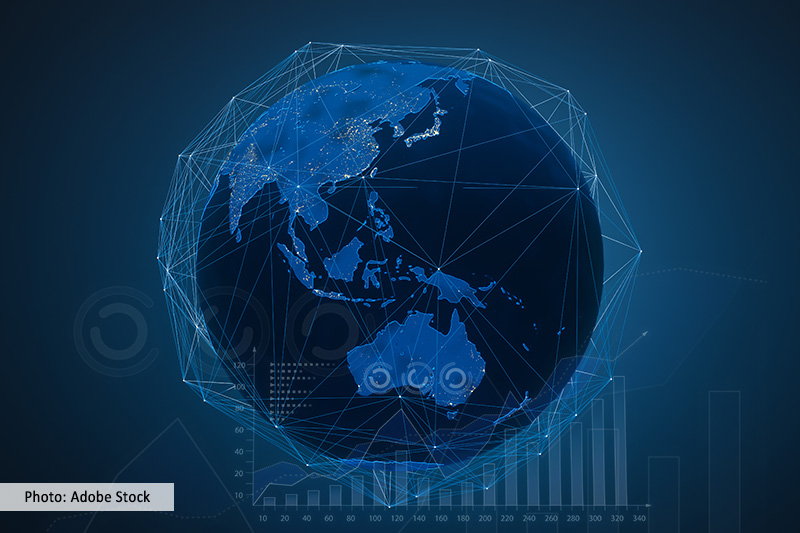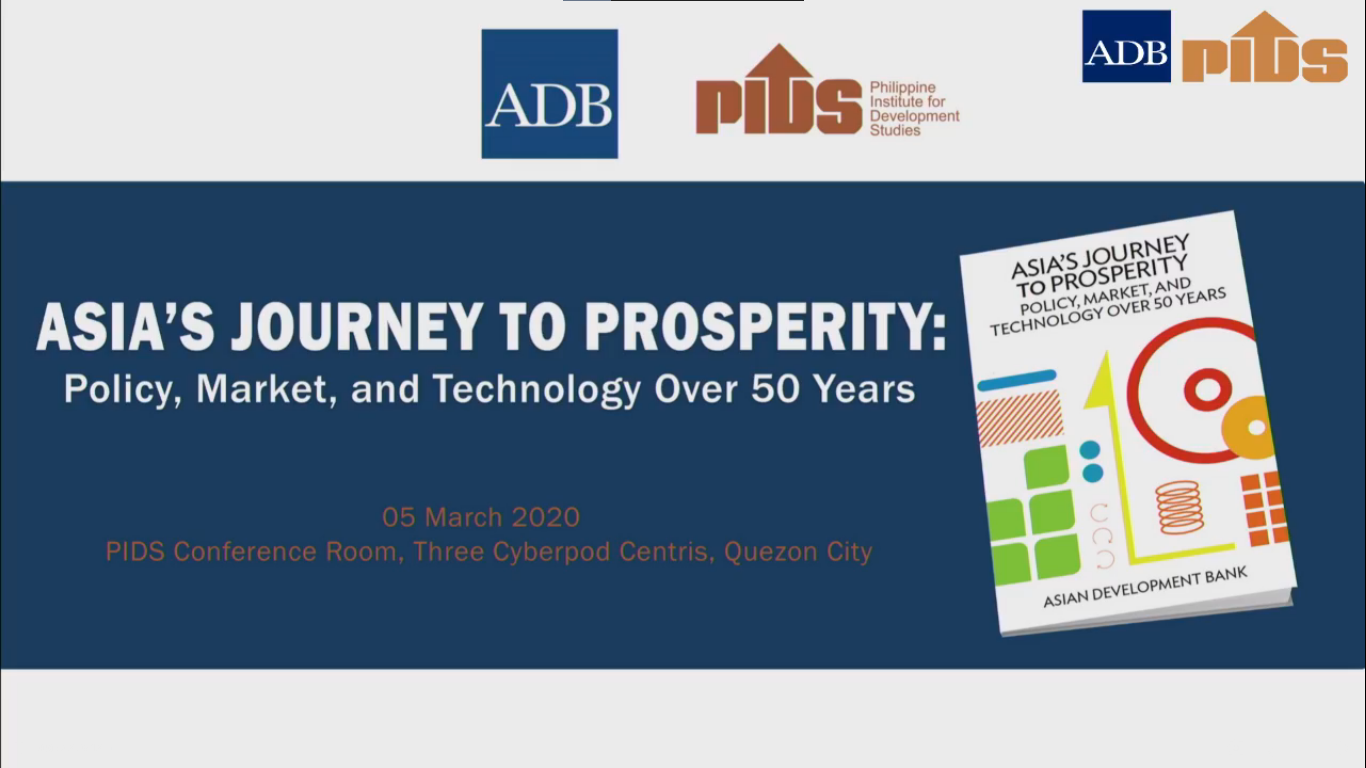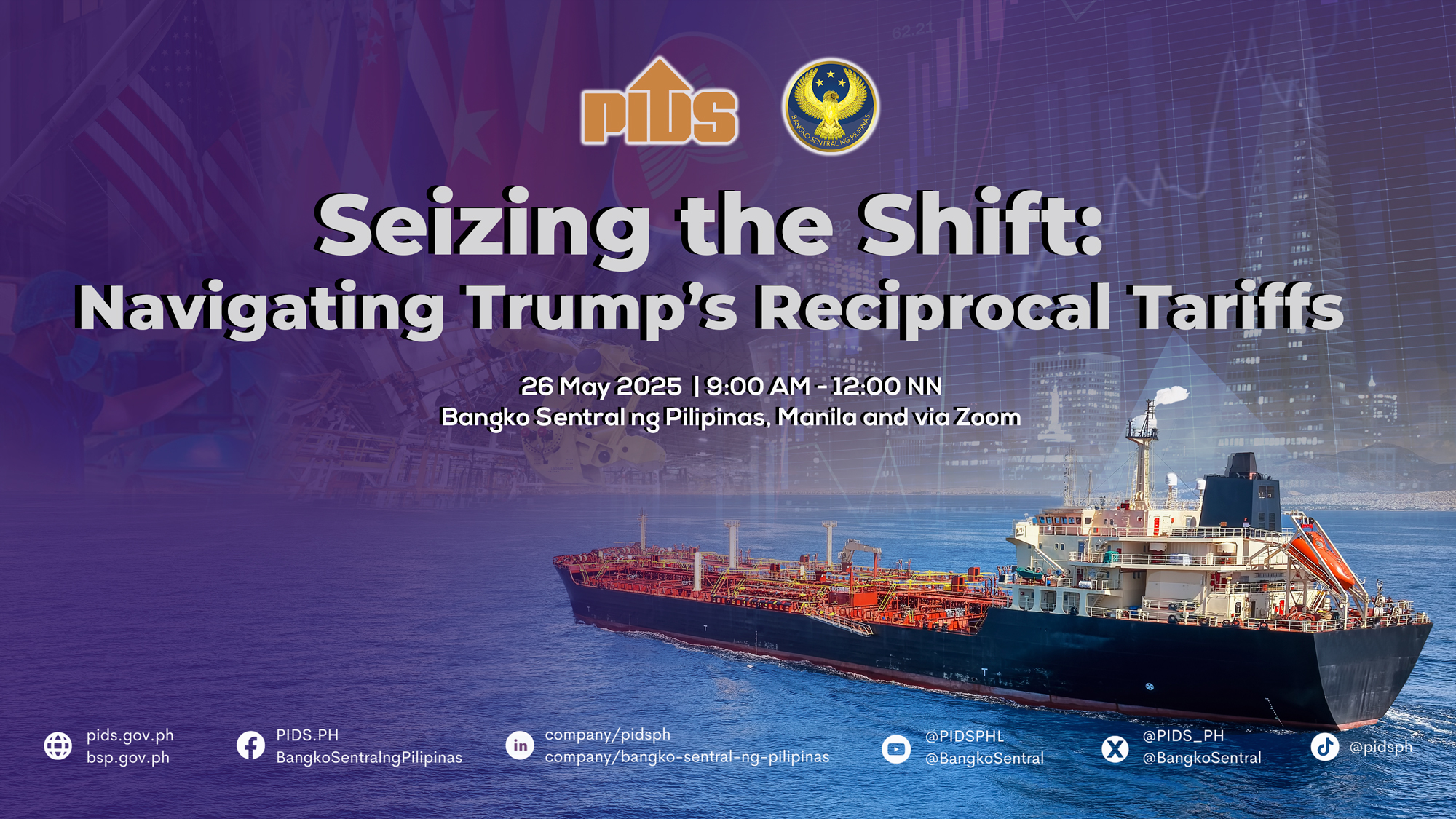THE Philippines expects to join the negotiating table a few days from now with the US Commerce Department over the 17 percent tariff imposed by America on Philippine exports.
While the Philippines is willing to lower tariffs on certain products from the US, the economic team of President Ferdinand Marcos Jr. has not yet discussed this proposition officially, Trade Secretary Cristina Roque said in an interview with reporters on Monday.
The economic team will meet today (Tuesday) ahead of Roque’s possible meeting with US Secretary of Commerce Howard Lutnick, her American counterpart.
On the other hand, the Philippines is expected to continue doing well despite the reciprocal tariffs imposed by the US on its trading partners that has the potential to have a negative impact on the global economy, said Finance Secretary Ralph Recto.
In a separate interview during the condemnation of the P3.26 billion worth of smuggled electronic vape products at the Bureau of Customs (BOC) in South Harbor in Manila on Monday, Recto said America’s 17 percent tariff on Philippine exports, while lower compared with the export levies on other nations, places the Philippines in a disadvantageous position.
“Kahit papano maapektuhan tayo niyan. Dagdag pa diyan dahil buong mundo nilagyan ng matataas na taripa ay hihina ang pag-ikot ng ekonomiya ng buong mundo. So, sigurado, lahat tayo apektado diyan (No matter how, we will be affected. On top of that, the higher tariffs imposed worldwide will weaken the global economy. For sure, all of us will be affected),” he said.
Under the present circumstances, the Philippines has an advantage because it does not depend on export-led growth like other countries in the region.
The finance secretary said two-thirds of the Philippine economy is based on domestic consumption.
“If it’s like that, we will be affected less than other countries in the region, obviously,” he said.
US President Donald Trump imposed reciprocal tariffs on its trading partners, including the Philippines.
In Southeast Asia, Singapore and the Philippines were imposed the lowest reciprocal tariffs of 10 percent and 17 percent, respectively. Higher tariffs were imposed on Vietnam (46 percent), Thailand (36 percent), Indonesia (32 percent), Malaysia (24 percent), and Cambodia (49 percent).
More opportunities
As the country with the second lowest tariff in Southeast Asia, the Philippines has the potential to attract investors who might be considering transferring their businesses from other countries in the region.
Investors might consider manufacturing their products in the Philippines before exporting to the US, taking advantage of the 17 percent tariff compared with its regional peers, Recto said.
Manila could also attract more investors to locate in the the Philippines by leveraging on its Corporate Recovery and Tax Incentives for Enterprises to Maximize Opportunities for Reinvigorating the Economy (CREATE MORE) Act
“So posibleng may mga oportunidad din ‘yan. meron tayong batas diyan yung CREATE MORE para makatulong sa paghikayat sa mga negosyante na mag invest sa Pilipinas and to be part of the US global supply chain (“So there are possible opportunities there. We have the CREATE MORE law to attract more businessmen to invest in the Philippines and to be part of the US global supply chain),” Recto said.
In a text message to reporters On April 3, Roque said the Philippines aims to engage the US so as to facilitate enhanced market access for key export interests such as automobiles, dairy products, frozen meat, and soybeans, within the framework of a bilateral free trade agreement to allow both sides to pursue mutually beneficial trade.
Measures vs US tariffs
In Malacañang, Press Officer Claire Castro said the Marcos administration is currently looking at measures to cushion the impact of America’s reciprocal tariffs.
“Ang pamahalaan natin sa pamumuno po ng ating Pangulo ay mayroon po talagang plano for this (Our administration, led by the president, has some plans for this),” she said.
John Paolo Rivera, economist at government think tank Philippine Institute for Development Studies, said concessions between the Philippines and the US can be explored under a preferential trade agreement where they can negotiate for market access on products of interest.
The Philippine Economic Zone Authority (PEZA) also on Monday proposed that the government negotiate for reduced tariffs on key ecozone exports to the US such as electronics and semiconductor products, machinery, transport equipment, automotive parts and select agricultural products like coconut and aquatic products.
“For PEZA, we need to protect our leading ecozone exporters to the US,” said Tereso Panga, PEZA director general.
“If the government can negotiate for a reduction on the 17 percent universal tariff in favor of product specific tariffs like electronics, coconut, automotive parts and transport equipment, it will be a big relief for our investors exporting to the US,” he said in a separate text message.
Rivera said PEZA’s proposal “is strategically sound, especially to mitigate the impact of the new 17 percent US reciprocal tariff.”
“Given the asymmetry in trade relations, the Philippines may likely need to grant market access concessions in sectors where the US has strong export interests,” he said.
“In other words, the Philippines can offer targeted, strategic concessions on US exports like autos, meat, and soybeans in exchange for tariff relief on key ecozone exports,” Rivera added, saying this will require careful negotiation under the auspices of a sectoral or “mini-FTA” approach that could be a pragmatic path forward given current global dynamics.








